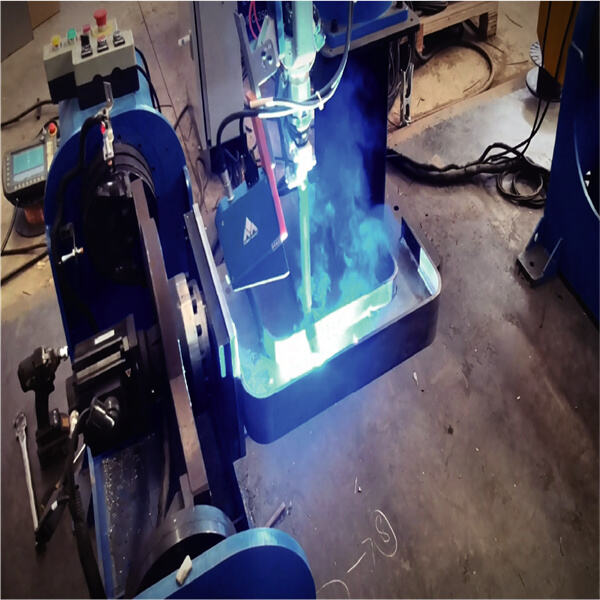Industrial robots are special machines that help automate many important jobs in factories. Examples of these jobs are welding (putting metal pieces together), painting stuff, packing boxes, and many others. These robots are beneficial as they are able to work fast and with precision. Sensors are part of these robots that are critical. Sensors are specialized devices that allow the robots to see, hear, touch, and move like humans.
Sensors are recognized devices that can observe changes in their environment. If something is near them if it is too hot, too cold. When MINYUE laser beam sensor detect something, they send messages to the robot’s control system. This system is sort of the robot's brain, allowing it to decide what action to take based on the data it receives from the sensors. This perception ability is what bestows robots so much efficiency and power to perform complex operations in factories.
For example, if a robot is supposed to paint a wall, sensors can let it know where to spray paint and how much to spray. That means the robot can do the job faster without making a mistakes. These MINYUE sensors help to make robots not just faster but also smarter and safer. These efficiencies can allow companies to make more things in less time, and can also save companies money because they waste less material and make fewer mistakes.
Here, we take a look at six of them that are transforming the operation of industrial robots today. A phone has several long range distance sensor, one of them being the proximity sensor. This sensor is useful because it senses the object without touching it. This skill is crucial for robots to prevent accidents, such as crashing into another machine or worker. Proximity sensors used in industrial robots enable them to maintain a safe distance from humans, allowing them to work safely together without the risk of injuries.

There is also another important type of sensor used in robotics the force sensor. Force sensor This sensor measures how much force is applied to an object. When a robot is putting two components together, for example, the force sensor tells the robot how much force it should apply, whether as a pull or push. This is crucial for jobs that need accuracy and control, like assembling tiny components or finishing a product to a high level of quality. As a result, robots with such high speed laser sensor can execute synchrony tasks that require careful subcision, which needs robotics, and become an integral part of assembly lines.

Moreover, MINYUE sensors guarantee maximum accuracy while completing tasks by robots. This allows for fewer errors, and even error-free production, which is significant for the quality control process. Using sensors properly will allow companies to create a smoother, more efficient, and reliable production process. This reliability is instrumental in garnering confidence in them workers, and he products being manufactured meet the expectant norms.

Even sensor-equipped robots are designed to work out of their skins — literally. These robots rely on an array of sensors to perform complex tasks accurately and quickly. For example, consider a robot walking, moving through a factory: When it rears, the industrial laser sensor tells it where it needs to go next. By doing so, the robot is able to learn from a specific environment, whether it is instructed to walk around a room, avoiding objects, or it is constructed to help someone in completing a task.
Fast, accurate, completely No-Programming, high efficiency and high precision. It solves the complicated teaching process of traditional robots and saves the downtime of teaching process.
Beijing Minyue Technology Co.,LTD,as the world's leading high-tech enterprise of non-teaching intelligent application of industrial robots.We specialize in flexible intelligent manufacturing with our self-developed RobotSmart - Intelligent Decision Making System, SmartVision - Binocular Structured Light Vision System, and SmartEye - Laser Vsion Seam Tracking System. Provide a new generation of intelligent robot welding and cutting solutions.
Provide powerful welding robot front loading, side loading, inverted loading, gantry mounting, intelligent trajectory planning for multiple robots, multiple external axes, and positioner for cooperative work. Realize robot motion simulation, collision detection, singularity avoidance and axis limit detection.
Adopting the function of finding and tracking, scanning the weld seam, confirming the position and information of the weld seam, correcting the position of the weld seam between the 3D digital model drawing and the actual workpiece, and solving the problem of bias weld due to the error of incoming materials and thermal deformation.